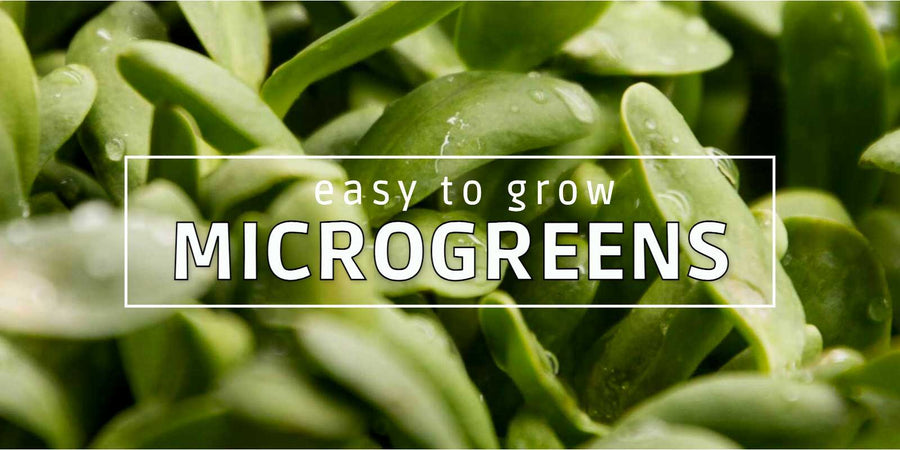This guide will provide you with everything you need to know to simply & successfully grow your own microgreens at home.
Before we get started, let's cover the obvious question... What Are Microgreens?
Microgreens are baby plants grown from seedlings. They are usually harvested before they reach full size and eaten raw or cooked. They contain high levels of nutrients such as vitamins C, K, B6, E, folate, calcium, iron, magnesium and potassium.
Microgreens are extremely nutritious and delicious. They are also very versatile and can be added to salads, soups, stir fries, sandwiches, wraps, pasta dishes, omelettess, burgers, pizza, tacos, rice bowls, etc.





